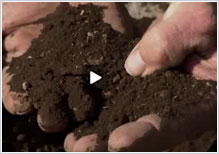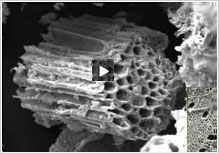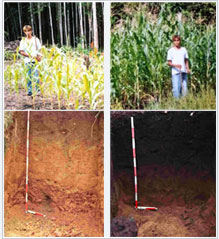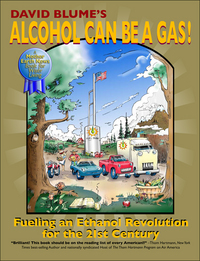Patrick Holden, Soil Association director, presents Week In | Week Out for BBC Wales examining the implications of a carbon constrained world on agriculture. (2007)
Back to The Land (Parts 1-4 - play automatically)
https://www1.gotomeeting.com/register/429828537
 This Webinar, presented by Tim Coolong of the University of Kentucky, will be an introduction to season extension using high tunnels. It will cover common issues associated with tunnel production, and will also provide a short overview of how to construct a low cost pvc tunnel. The Webinar is for growers who are interested in season extension, but who may not want to invest a large amount of money right away.
This Webinar, presented by Tim Coolong of the University of Kentucky, will be an introduction to season extension using high tunnels. It will cover common issues associated with tunnel production, and will also provide a short overview of how to construct a low cost pvc tunnel. The Webinar is for growers who are interested in season extension, but who may not want to invest a large amount of money right away.About Tim CoolongTim Coolong is an assistant professor at the University of Kentucky. Dr. Coolong works primarily with small mixed vegetable farms around Kentucky. His research has focused on sustainable management for mixed vegetable production including irrigation management, new crops, and season extension.
About eOrganicThe eOrganic eXtension website at http:www.extension.org/organic_production is for farmers, ranchers, agricultural professionals, certifiers, researchers and educators seeking reliable information on organic agriculture, published research results, farmer experiences, and certification. Our current content is focused on general organic agriculture, dairy production, and vegetable production. The content is collaboratively authored and reviewed by our community of University researchers and Extension personnel, agricultural professionals, farmers, and certifiers with experience and expertise in organic agriculture.
Title: High Tunnel Production and Low Cost Tunnel Construction Webinar from eOrganic Date: Tuesday, March 2, 2010 Time: 2:00 PM - 3:15 PM EST
System Requirements:
PC-based attendees
Required: Windows(R) 2000, XP Home, XP Pro, 2003 Server, Vista
Macintosh(R)-based attendees
Required: Mac OS(R) X 10.4 (Tiger(R)) or newer
This is an eOrganic article and was reviewed for compliance with National Organic Program regulations by members of the eOrganic community. Always check with your organic certification agency before adopting new practices or using new materials. For more information, refer to eOrganic's articles on organic certification.
eOrganic 4814









